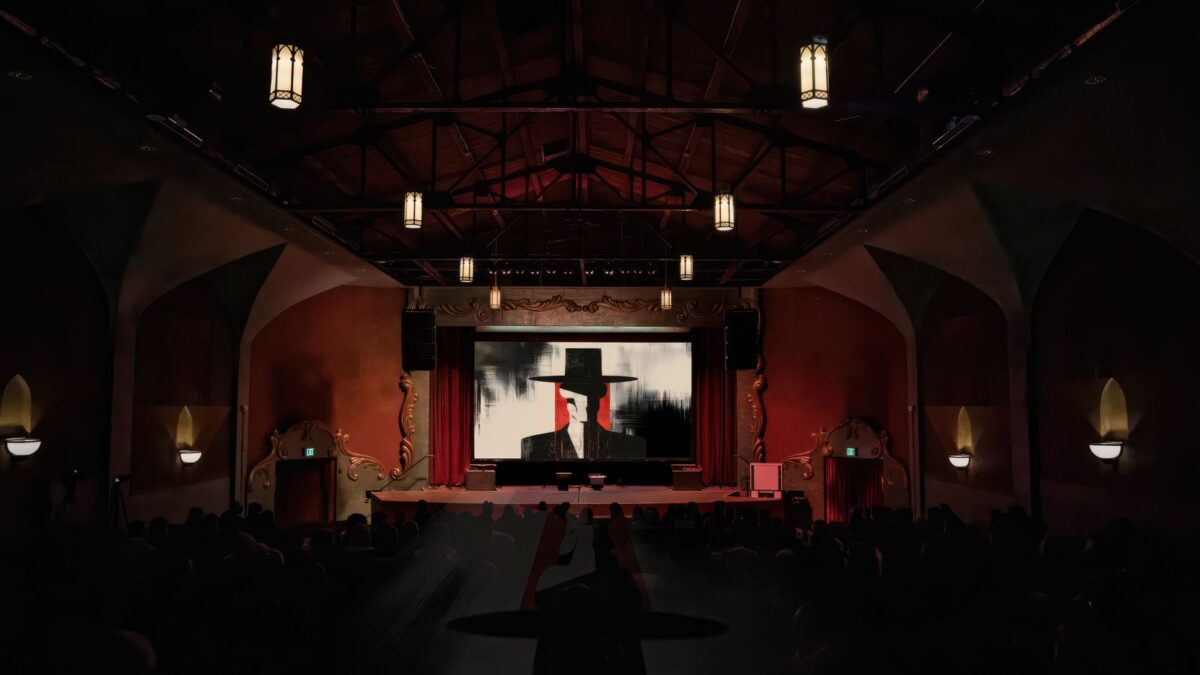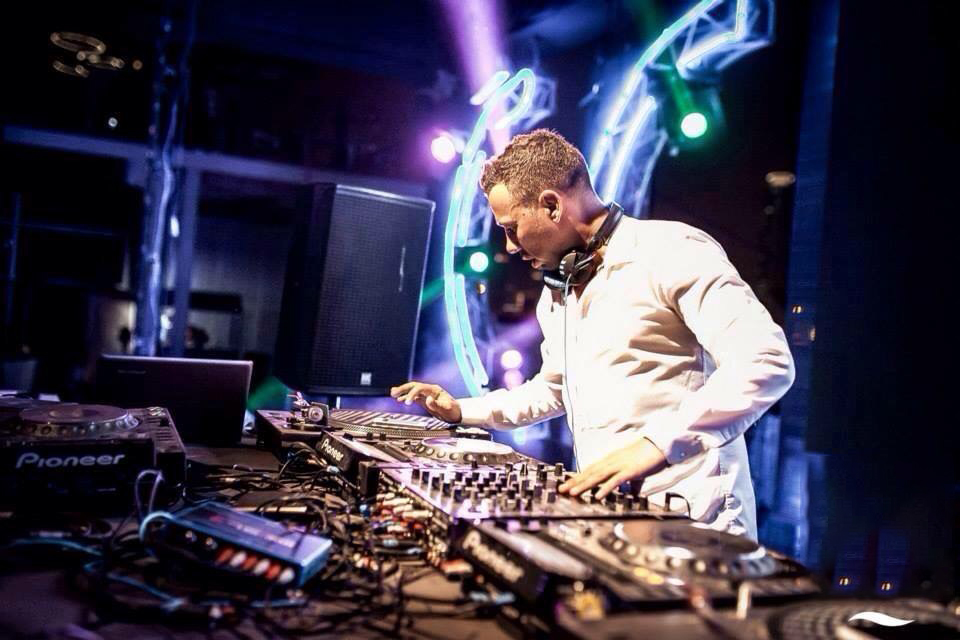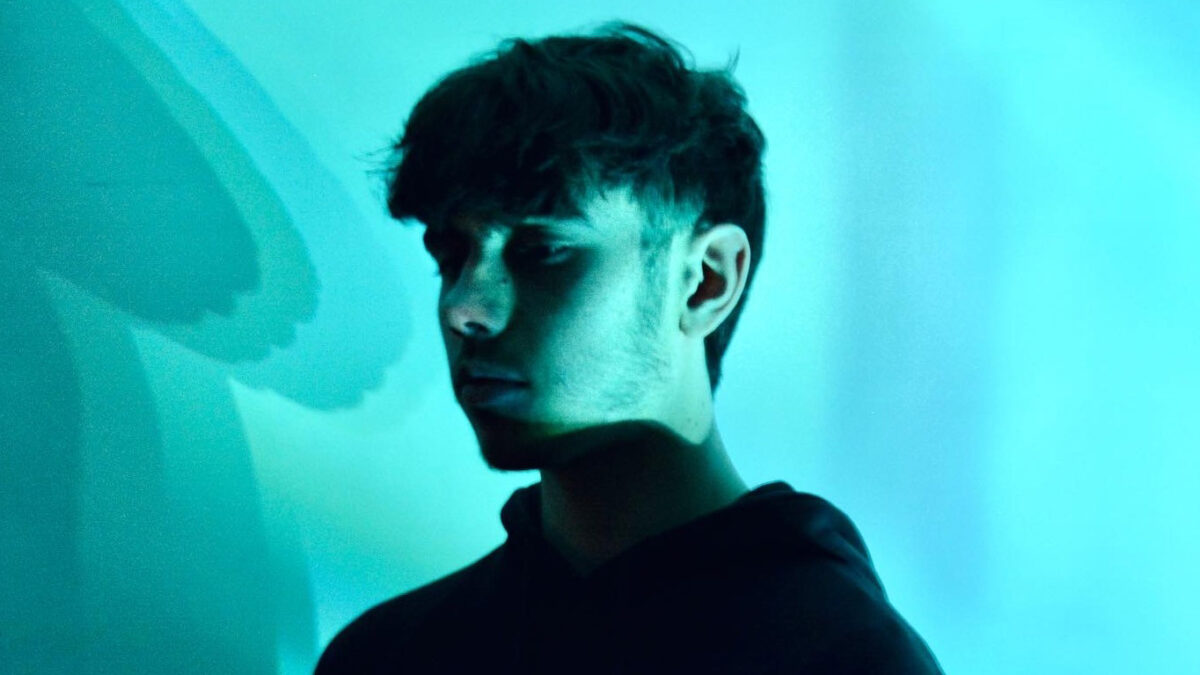Let’s talk all things Balearic. It’s a term used – and abused – to describe music of every colourful incarnation. From the sophisticated electro-pop of Talk Talk to the elegant new motorik rhythms of Tornado Wallace. From Jah Wobble’s dub-heavy soundscapes to the blue-eyed soul of ’70s singer-songwriter Ned Doheny. Or from the disco-tinged house of Chicken Lips and Idjut Boys to the ambient/downtempo goodness of The Orb and Aphex Twin.
Cases have even been made on behalf of ’80s pop luminaries Captain Sensible, Kylie Minogue and Phil Collins. And lest we forget, Chris Rea has his own chapter in the term’s musical history.
When music is described Balearic what does it mean? How can all of the aforementioned artists fit neatly into one sunshine-soaked homogenous style or genre? The point being of course, they can’t. Apart from when an ingenious and free-spirited record selector chooses them to.
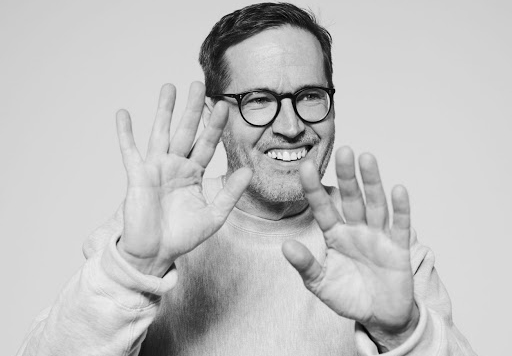
Different Answers
Ask DJs, producers, bloggers and the like immersed in all things Balearic what it means, and chances are you’ll receive as many different answers as people you quiz.
“What it means to me is a sense of freedom, basically,” says Paul Byrne, the man behind the influential Test Pressing website and who records as Apiento. “A sense of anything goes; a sense of putting things together that possibly shouldn’t go together but do go together really well.”
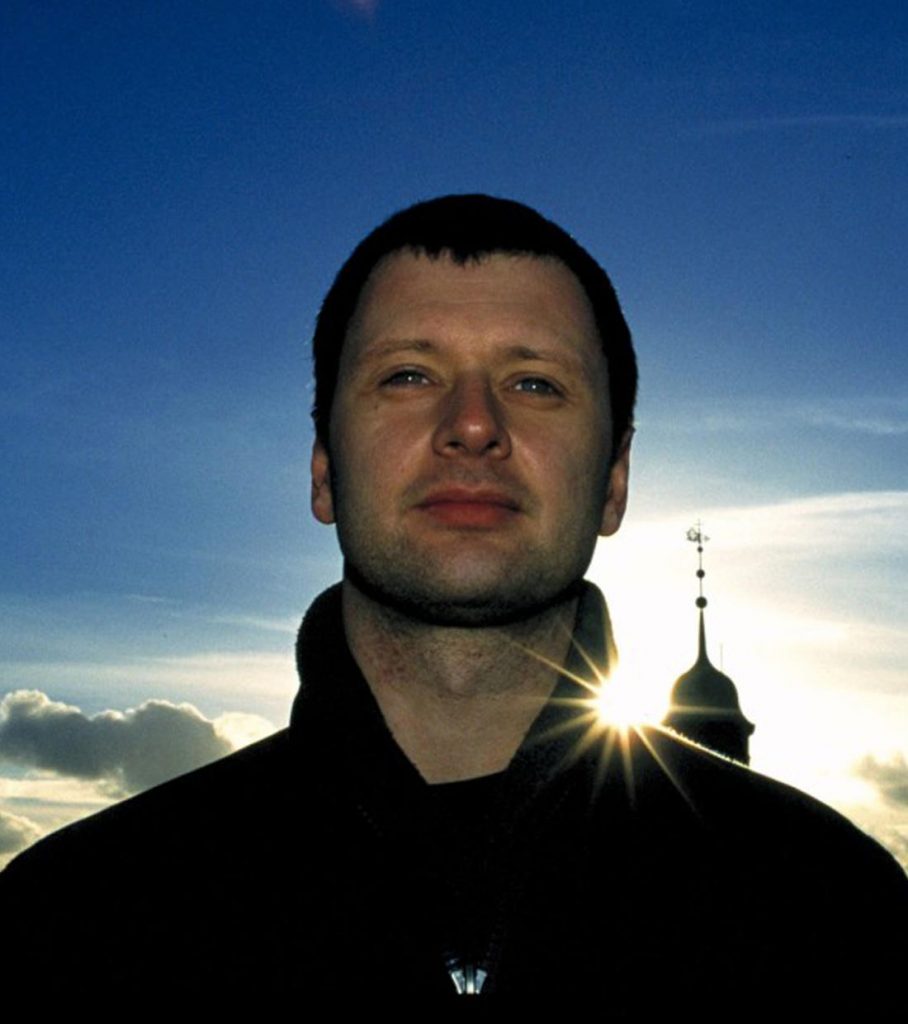
Phil Mison is an esteemed Balearic DJ. He was a resident at Ibiza’s fabled Café del Mar for a time and he records what might be loosely termed modern Balearic music as Cantoma. Laughing the laugh of someone who has doubtless been asked for his take on Balearic a thousand times, Phil replies: “I’m terrible with this question because there’s no real answer to it. It’s all very subjective really. I think it’s a bit of everything. A style of music, a feeling, a period of time, certain records… that’s what it is to me.”
Leo Walton is the DJ behind the Amateurism collective, whose pop-up radio station in the UK saved many people’s lockdown this year. Leo has a broadly similar, if one-step-removed, take on Balearic. “To me, it’s rooted in eclecticism and a slightly unconventional approach to creating an overall feeling and sound. It’s more like a style of putting music together. Maybe more like curating a playlist and an overall soundtrack.”
A Way of Life
One of Balearic’s totemic founding fathers, Jose Padilla passed away this year. Emphatic when the question was posed to him in the past, Jose stated: “Balearic is not a kind of music, it’s a way of life. It’s the freedom to play whatever you want, so long as you play it proficiently. People listen to a track with a guitar on it and say, ‘This is Balearic’ when it’s not. Balearic is just the spirit of Ibiza. DJs used to play here seven or eight hours a night and have the freedom to play anything they wanted, from rock to house.”

The White Isle
Ah yes, Ibiza. Balearic music is naturally rooted in the topography of the white isle. Ibiza has long been celebrated for its independent, decadent and hedonistic spirit. The music played there since the ’60s – when it was a renowned hippie enclave – has always fitted a time and space.
Before the acid house revolution of the late ’80s – and certainly before there was the first inkling of a Balearic blueprint – DJ Pippi, Alfredo and Padilla played literally everything in Ibizan clubs Ku, Pacha and Amnesia. The strident industrial beat of Nitzer Ebb’s Join The Chant could be spun next to a James Brown funk track. The lack of a defining blueprint – and this was before the hegemony of house and techno on the island – meant everything was up for grabs.
“Back then when Jose played those long sets in the ’70s and ’80s, he played everything because there weren’t enough records,” says Mison. “He laughed if someone had asked if such-and-such was a Balearic record. He’d say it didn’t make sense. You had to play everything.”
The acid house explosion of the late ’80s saw the term Balearic Beat used to describe the joyous, sun-drenched proto house sounds that were popularised on the iconic 1988 Balearic Beats compilation. In the UK, this was the time of Shoom, Future, the Boy’s Own fanzine and later The Balearic Network – a loose collection of DJs and clubs dedicated to keeping the riotous, anything goes vibe of Ibiza alive.
Adventurous Currency
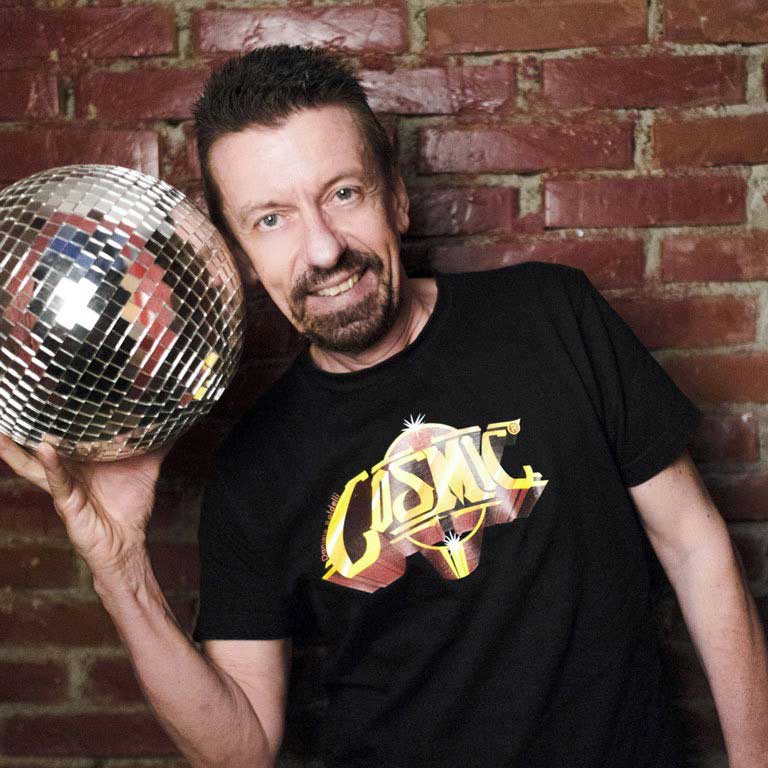
But that was then. What of the description now? Does it still have the same adventurous currency? What’s clear is that usage of the word still denotes a broad church. It’s passed through the Café del Mar compilations, the cosmic disco sound of Daniele Baldelli, Harvey and the DJ History forum, Manchester’s Aficionado club and label and then the mellow sonics of Quiet Village and the darker vistas explored by A Mountain of One.
“It’s kind of become left-of-centre dance music,” says Byrne. “It could be a soundtrack or a Jean-Luc Ponty record. Or it could be Black Dog or Carl Craig or Kenny Larkin. It’s just pulling the parts from their catalogue that are brilliant whether it’s Underground Resistance or some house tune that Joe Claussell made.”
And what about the slightly jocular use of the word? Test Pressing designed a T-shirt that featured Lucy from Peanuts asking, ‘Got any Chris Rea?’ “It’s not a joke, but if you say something is ‘well Balearic’ obviously it’s a bit tongue-in-cheek,” explains Byre. “But it’s true. I’m sat in my front room and I can see the Betty Blue album cover and that is well Balearic. Even down to the sleeve, the music and that Jose Padilla would have played it at Café del Mar. So there you go, ‘Well Balearic’.”
Happy Accident
So, is Balearic music just one big happy accident? There’s certainly an argument that the most interesting things found in the Balearic handbook are those that are inadvertently Balearic.
“Whether it’s James Blake making a weird folky electronic record… there’s always stuff just around the corner that you wouldn’t expect,” says Byrne. “And that’s the really interesting stuff that you can’t pigeonhole. No doubt there’s some kid in South Africa or Australia or somewhere that is making amazing mixtapes and you’ll hear them and think they’re brilliant.”

Mison concurs: “Something like Sébastien Tellier’s La Ritournelle was suddenly a massive record at Aficionado. He didn’t make that as a Balearic record but it just fitted that ethos.”
In truth, then, Balearic has no rules, yet is subject to some of the most stringent cultural gatekeepers. The best tunes are accidental – perhaps written with nary a dancefloor or trip to Ibiza in mind.
“Balearic can be going to Ibiza in the ’80s – that’s Balearic,” Mison concludes. “I can listen to La Ritournelle at Aficionado – that’s Balearic. Or someone could have heard David Mancuso play a Jah Wobble record in New York – that’s Balearic. There is a line joining all these things, but it’s a very wobbly one.”
Three Classic Balearic Cuts
Tornado Wallace
Midnight Mania (Optimo Music)
A modern day-glo stab of psychedelic madness. Rave horns, disembowelled beats and pitched down acid squiggles. An accidentally perfect sunset/sunrise record.
Cantoma
Trees of Highwood (Leng)
A sumptuous string-drenched track from Phil Mison’s spellbinding Cantoma project. Kindred spirit DJ Balearic Mike included this on his Kylie Balearic Mix saying it reminded him of Penguin Café Orchestra.
Lou Hayter
My Baby Just Cares For Me (Rheinzand Remix) (Skint)
Belgian cosmic new beaters Rheinzand transform Lou Hayter’s sultry slice of electronic pop into a deep Balearic chugger. Made for summer afternoons and subterranean discos.

